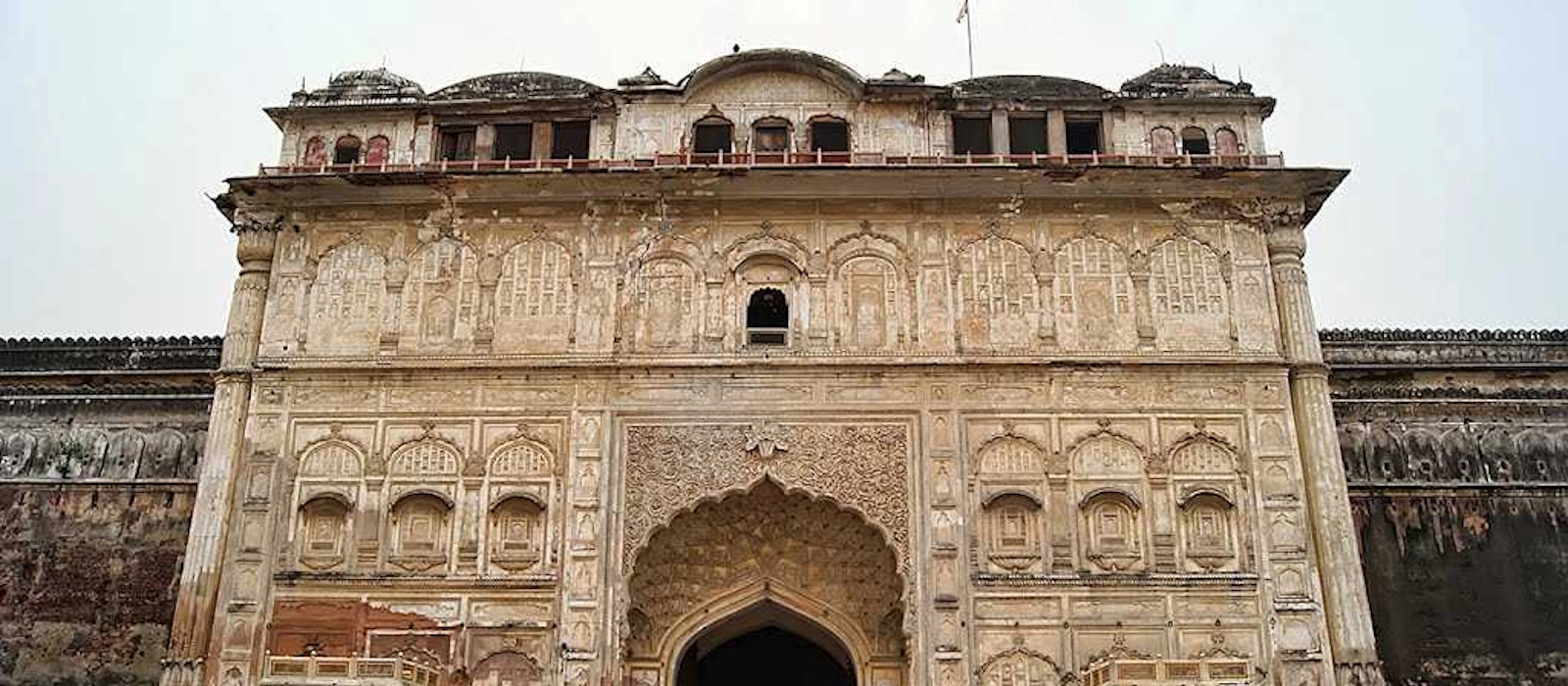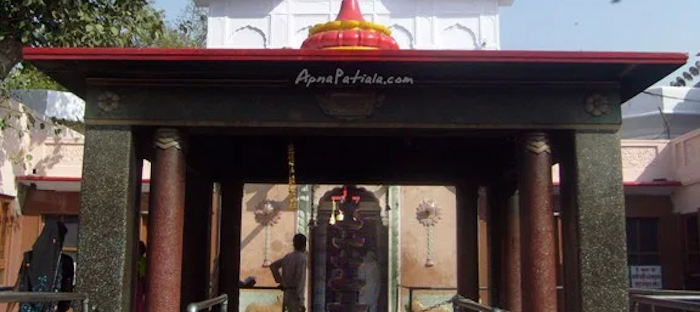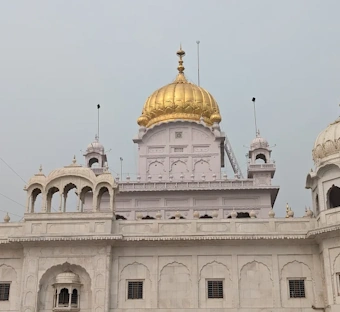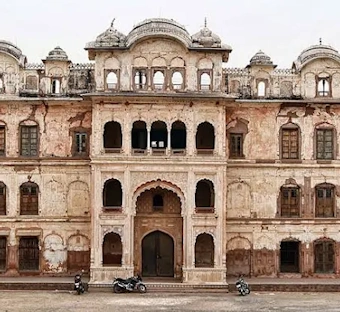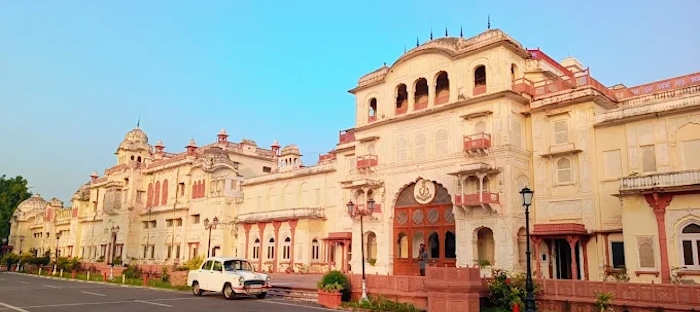Patiala, located in the southern part of Punjab, India, is a historic and vibrant city known for its royal heritage, cultural richness, and distinct blend of traditional and modern elements. It is one of the oldest and most significant cities in Punjab and has been a prominent center of politics, culture, and education. Patiala’s history is steeped in the legacy of the Patiala State, a princely state during British India, which adds a royal touch to the city’s identity even today. Famous for its beautiful architecture, royal gardens, and unique customs, Patiala attracts tourists who come to experience its grandeur and charm.
One of Patiala’s most iconic landmarks is the Qila Mubarak, a massive fort complex that was once the seat of the Patiala royal family. The fort’s architecture reflects a blend of Mughal and Sikh styles, with grand gates, courtyards, and walls that tell the story of the city’s royal past. The Sheesh Mahal, or Mirror Palace, located within the fort complex, is particularly famous for its beautiful glasswork and elegant design. The Sheesh Mahal is a fine example of the artistic craftsmanship that flourished under the Patiala rulers, with its walls and ceilings covered in intricate mirror work and paintings.
Patiala is also renowned for the Moti Bagh Palace, another royal residence that stands out for its grandeur and historical importance. The palace, which houses the National Institute of Sports (NIS), is set amidst sprawling gardens and is an architectural marvel. It was once the home of the Maharaja of Patiala, and today, visitors can explore the palace grounds, enjoy the serene ambiance, and visit the NIS, which has trained several national and international athletes.
The Patiala Peg, a term often used to describe a large serving of whisky, is one of the city’s cultural icons. This tradition originated from the city’s royal court, where the rulers were known for their fondness for larger-than-usual measures of liquor. Today, the term “Patiala Peg” has entered the popular lexicon as a symbol of the city’s spirited culture.
For a glimpse into the city’s rich cultural heritage, Patiala’s Gurudwaras are also significant. The Gurudwara Dukh Nivaran Sahib is particularly well-known for its association with Guru Gobind Singh Ji and is famous for its healing waters, where devotees come to find peace and relief from their troubles. The Gurudwara Alamgir Sahib, located on the outskirts of the city, is another important religious site for Sikhs, offering a tranquil setting and an insight into Sikh history.
Baradari Garden, a beautiful historical garden, is another must-visit place in Patiala. Built in the 19th century, it is an excellent example of Mughal garden architecture, with its fountains, lush greenery, and wide-open spaces. It is a popular spot for picnics and evening walks and is an ideal place for families to relax.
For history and art lovers, the Patiala Museum and Art Gallery offers a rich collection of artifacts, sculptures, and paintings that showcase the cultural legacy of the region. The museum is housed in an old colonial building and is a great place to explore Patiala’s royal history, as well as the region’s traditions and art forms.
The Samania Bagh, a beautiful garden, adds to the charm of the city with its well-maintained spaces and historic significance. It is also home to the Maharaja Bhupinder Singh’s Tomb, which adds a layer of historical significance to the location. The garden is perfect for those looking to enjoy nature and tranquility.
Patiala is also known for its vibrant bazaars and shopping areas. Patiala’s markets, particularly Deewan Bazar, are famous for offering a variety of items, from traditional Punjabi handicrafts to elegant fabrics, jewelry, and the famous Patiala salwar. Patiala’s traditional attire, including the Patiala salwar, has gained global recognition and is a popular fashion item. The local bazaars also offer a delightful selection of Punjabi sweets, including the famous Patiala’s traditional lassi served in large earthen glasses, making it a treat for visitors with a sweet tooth.
Ajaibgarh, a small village near Patiala, is known for its Ajaib Kothi and beautiful architecture. It offers visitors a peek into rural Punjab’s charm and is famous for its local culture and serene landscape.
Patiala is also home to a rich sports culture, with the Maharaja Bhupinder Singh Stadium being a key venue for local and national sporting events. The city’s strong emphasis on athletics, especially cricket and hockey, has produced several famous sports personalities.
Patiala has also become a key center for education, with institutions like Punjab Agricultural University and the Thapar Institute of Engineering and Technology located nearby, attracting students from across the country. The city is rapidly developing in terms of infrastructure and modernity, all while maintaining its cultural roots.
In addition to its rich history, royal heritage, and vibrant markets, Patiala is also known for its festivals and fairs. Celebrations like Baisakhi, Diwali, and Lohri bring the city to life, with traditional music, dance, and festivities that highlight the region’s folk culture. The Patiala Heritage Festival, held annually, showcases the city’s traditional arts, crafts, music, and cuisine, making it an exciting event for both locals and visitors.

